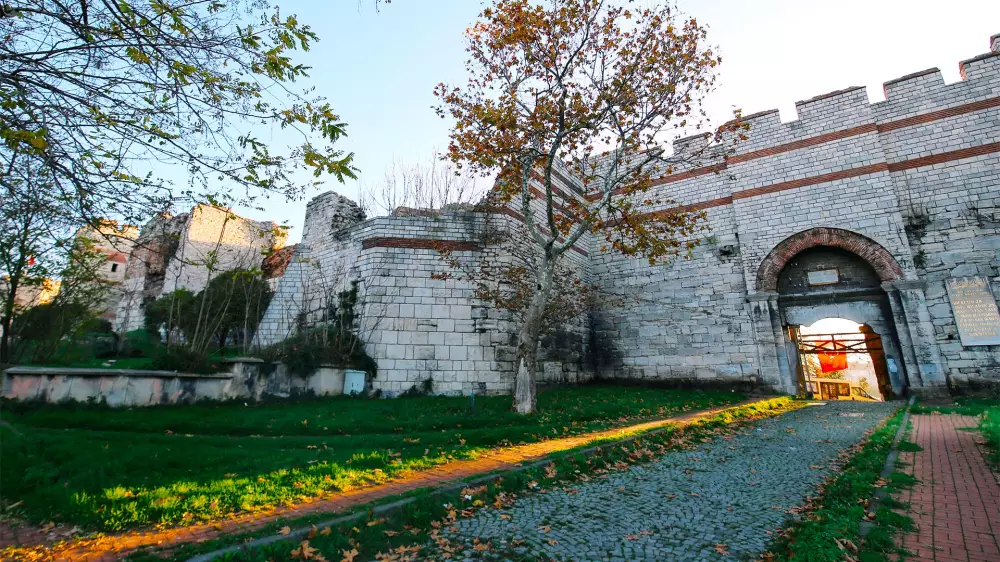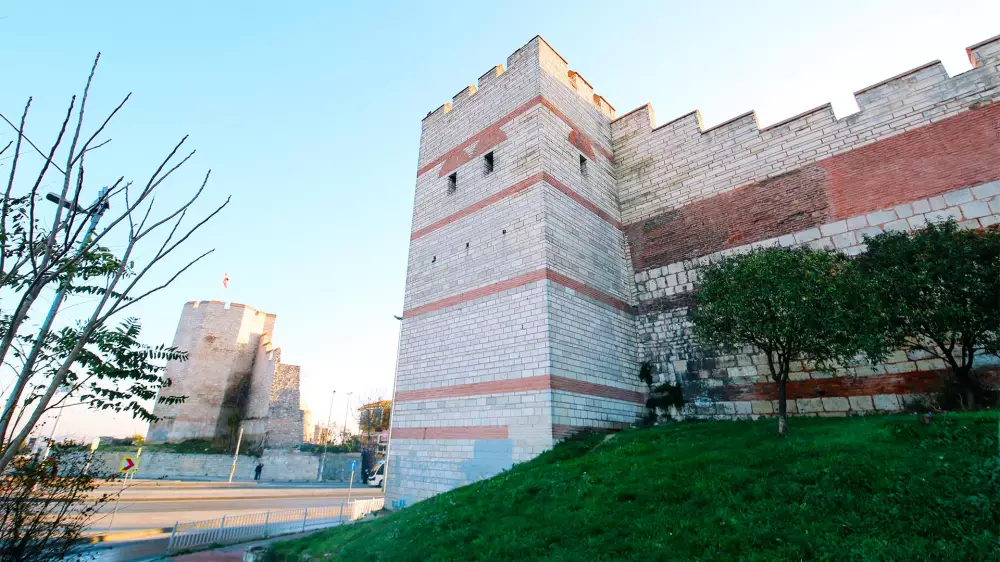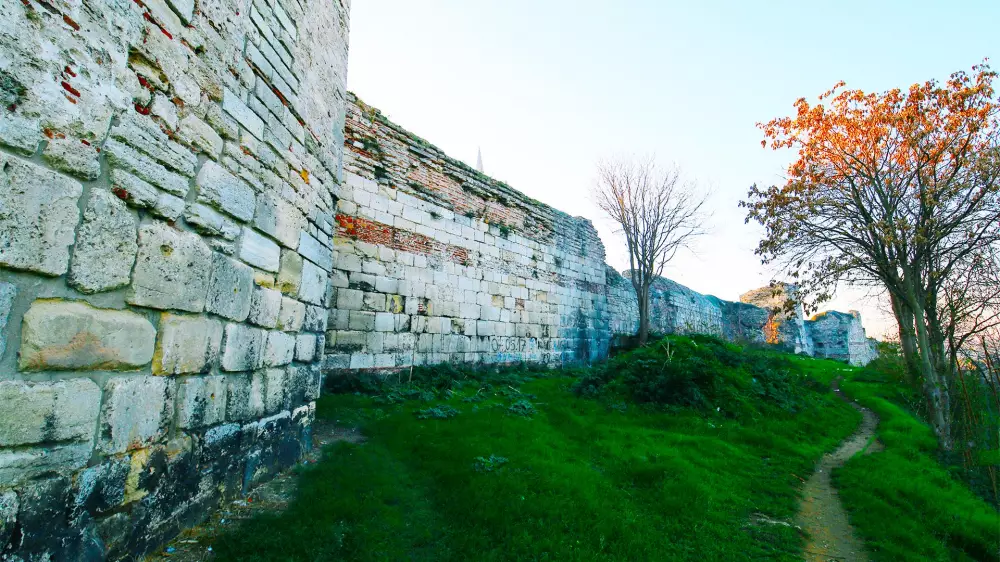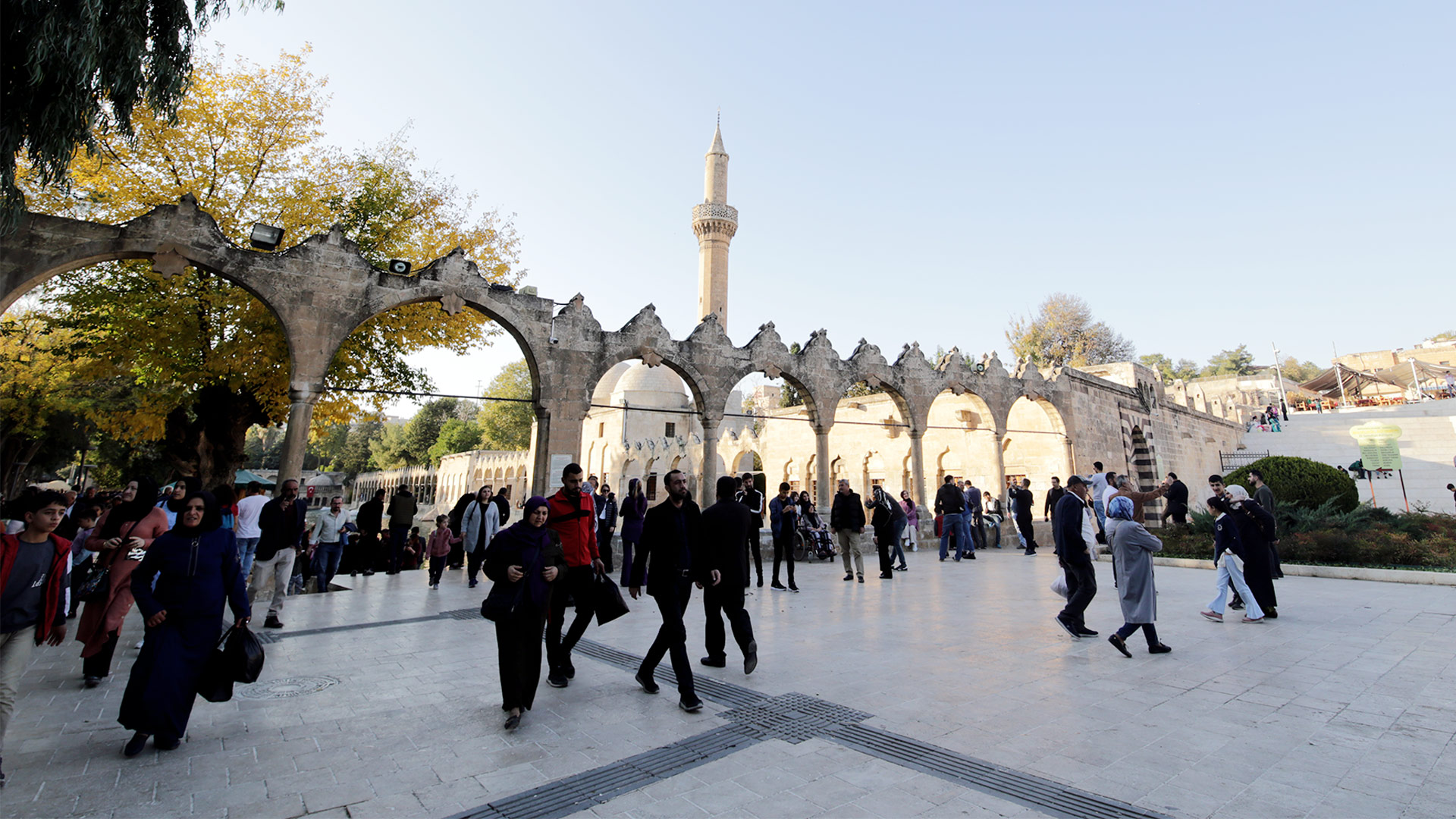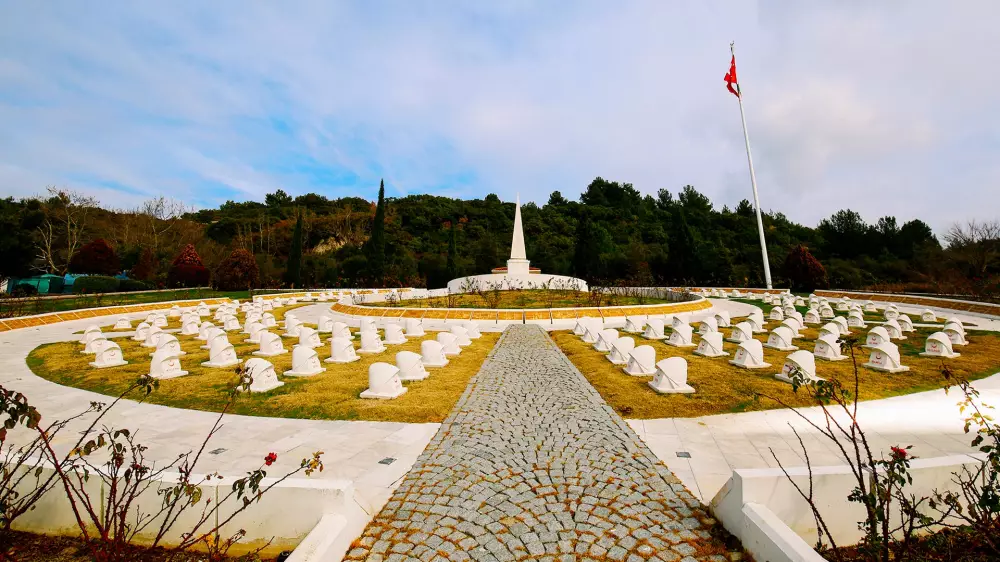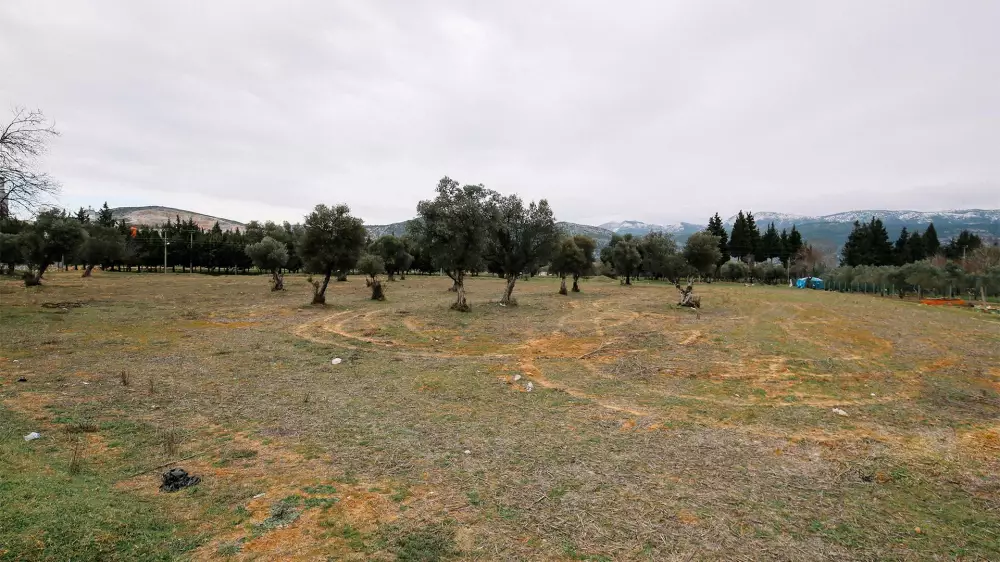
Walls of Istanbul – The Edirne Gate (Edirnekapi in Turkish)
10.09.2025 13:40
Istanbul, which was the capital of the Byzantine Empire at the time, was surrounded by walls of about 20 kilometers at that time. This line of defense protected the city from numerous attempts of conquest between 413 and 1453.
These Byzantine ruins that spread over the historical peninsula of the city are examined in three sections as land, sea and Golden Horn; approximately 6.5 kilometers of the line are in the form of land walls. The other walls are based on the defense of the city against attacks from the sea by extending along the shores of the Golden Horn and the Marmara Sea. The walls on the land are still standing partially or significantly in many parts of Istanbul today and draw attention with their gates, most of which were built during the Byzantine period.
For trade, military or routine reasons, the passages between the interior and exterior of the land walls were made through the gates opening to the walls. Before the conquest of Istanbul by the Ottoman Empire in 1453, it is known that there were 45 gates on the walls. 11 of the gates, most of which were closed after the conquest, are open and can be visited today. One of these gates is the Edirne Gate.
The Edirne Gate, the gate through which the Ottoman Sultan Mehmet the Conqueror entered the city on May 29, 1453, marks the collapse of an ancient empire with a history of over a thousand years and the rise of the Ottoman Empire. The name of the gate at the highest point of the city, 77 meters above sea level, comes from its ancient name, Porta Adrianapolis. According to this, 'porta' means a gate, 'Adrianapolis' means Edirne. In Byzantium, it was also known as the Cemetery Gate because of the cemeteries outside the walls.
It is the Byzantine public gate after Topkapi. Meanwhile, the area between Topkapi and the Edirne Gate is important. This part of the city walls, known as the mesoteihion in ancient times, would constitute the weakest point of the entire Istanbul land defense line. Because a stream passed through the region, the walls were in the pit. Therefore, the Ottoman cannons stayed high while shooting at the mesoteihion and this provided an advantage.
The section where the Turks opened a breach on the walls and entered the city is also here. By the way, at the present times Vatan Street has replaced the place of the waterway known as Likos Stream.
Gallery
